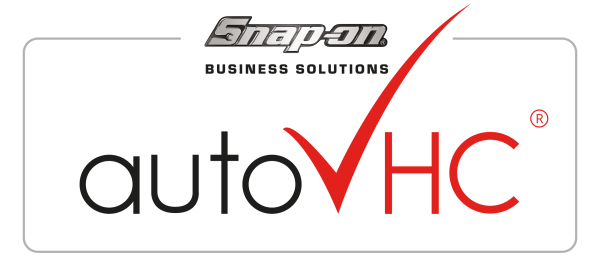The request for the Push Priced Service Order Items method looks very similar to the DMS Import Request
In this request though, is the below code:
<ServiceOrderItems>
<ServiceOrderItemTransferObject xsi:nil="true" />
<ServiceOrderItemTransferObject xsi:nil="true" />
</ServiceOrderItems>This node will allow for the transmission of parts and labour data to the VHC. Information would be added in between the <ServiceOrderItemTransferObject xsi:nil="true" /> nodes. The Service Item consists of information such as whether it is a warranty job, the VHCID, and the ID of the item that needs pricing. The user would then add parts to the job from the DMS and this would be included in a <Parts> node that is sent within the Service Transfer Object as well. This is called <PartTransferObject>.
<PushPricedServiceOrderItems xmlns="http://www.wsautovhc.co.uk">
<Request>
<CurrencyCode xmlns="http://autovhc.co.uk/">string</CurrencyCode>
<Locale xmlns="http://autovhc.co.uk/">string</Locale>
<Username xmlns="http://autovhc.co.uk/">string</Username>
<Password xmlns="http://autovhc.co.uk/">string</Password>
<Sitecode xmlns="http://autovhc.co.uk/">string</Sitecode>
<ParametersCollection xmlns="http://autovhc.co.uk/">
<Parameters>
<DMSParameter xsi:nil="true" />
<DMSParameter xsi:nil="true" />
</Parameters>
</ParametersCollection>
<JobCardNumber xmlns="http://autovhc.co.uk/">string</JobCardNumber>
<ServiceOrder xmlns="http://autovhc.co.uk/">
<VHCDate>string</VHCDate>
<Make>string</Make>
<Model>string</Model>
<VIN>string</VIN>
<JobCardNumber>string</JobCardNumber>
<RegistrationNumber>string</RegistrationNumber>
<CustomerTitle>string</CustomerTitle>
<CustomerFirstName>string</CustomerFirstName>
<CustomerSurName>string</CustomerSurName>
<CustomerEmail>string</CustomerEmail>
<CustomerPostCode>string</CustomerPostCode>
<CustomerTelephoneNumber>string</CustomerTelephoneNumber>
<CustomerMobileNumber>string</CustomerMobileNumber>
<CustomerUUID>string</CustomerUUID>
<CustomerAddress1>string</CustomerAddress1>
<CustomerAddress2>string</CustomerAddress2>
<CustomerAddress3>string</CustomerAddress3>
<CustomerAddress4>string</CustomerAddress4>
<CustomerContactEmail>string</CustomerContactEmail>
<CustomerContactHomePhone>string</CustomerContactHomePhone>
<CustomerContactMail>string</CustomerContactMail>
<CustomerContactSMS>string</CustomerContactSMS>
<CustomerType>string</CustomerType>
<FirstRegistrationDate>string</FirstRegistrationDate>
<NextMotDate>string</NextMotDate>
<NextServiceDate>string</NextServiceDate>
<ServiceAdvisor>string</ServiceAdvisor>
<Workshop>string</Workshop>
<WorkRequired>string</WorkRequired>
<Mileage>string</Mileage>
<DateIn>string</DateIn>
<DateOut>string</DateOut>
<TimeIn>string</TimeIn>
<TimeOut>string</TimeOut>
<ServiceOrderItems>
<ServiceOrderItemTransferObject xsi:nil="true" />
<ServiceOrderItemTransferObject xsi:nil="true" />
</ServiceOrderItems>
<NextCheckTachographDate>string</NextCheckTachographDate>
<NextChangeCoolantDate>string</NextChangeCoolantDate>
<NextChangeBrakeFluidDate>string</NextChangeBrakeFluidDate>
<LastWorkshopVisitDate>string</LastWorkshopVisitDate>
<LastServiceDate>string</LastServiceDate>
<MileageLastWorkshopVisit>int</MileageLastWorkshopVisit>
<MileageLastService>int</MileageLastService>
<ServiceCode>string</ServiceCode>
<EngineOil>string</EngineOil>
<TransmissionOil>string</TransmissionOil>
<PositionNumber>int</PositionNumber>
<AxleLocation>string</AxleLocation>
<AxleNumber>int</AxleNumber>
<FirstTyreLocation>string</FirstTyreLocation>
<SecondTyreLocation>string</SecondTyreLocation>
<MakeCode>string</MakeCode>
<ModelCode>string</ModelCode>
<AgreedEstimate>string</AgreedEstimate>
<VhcUrl>string</VhcUrl>
</ServiceOrder>
</Request>
</PushPricedServiceOrderItems>
p.
